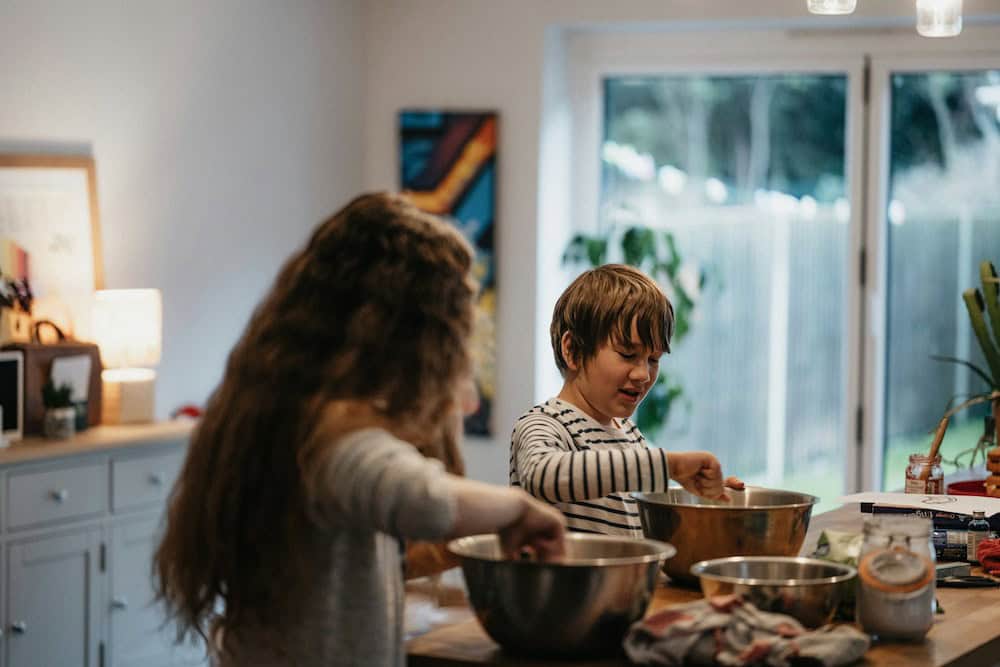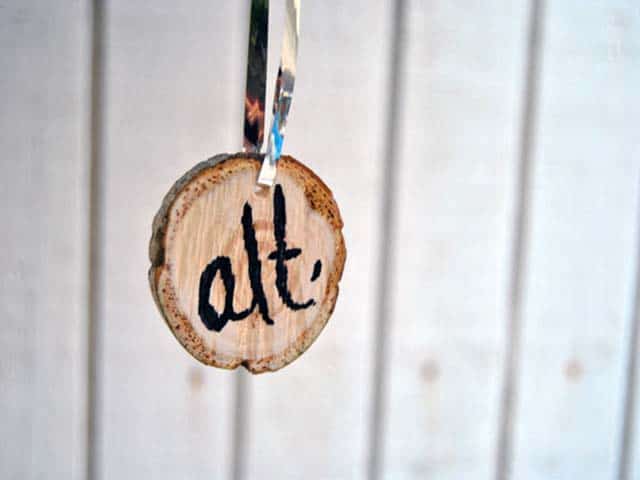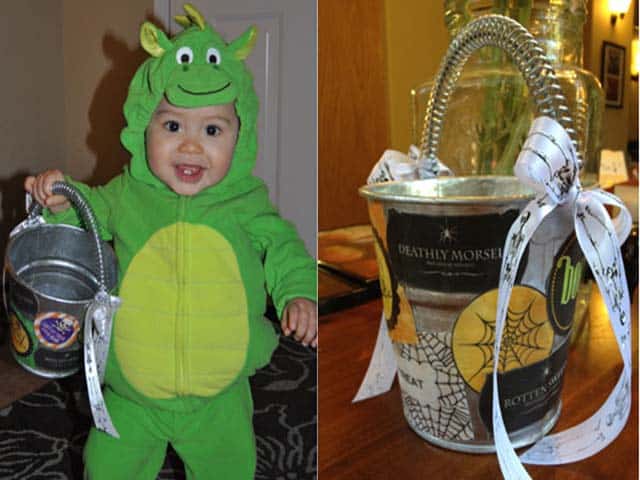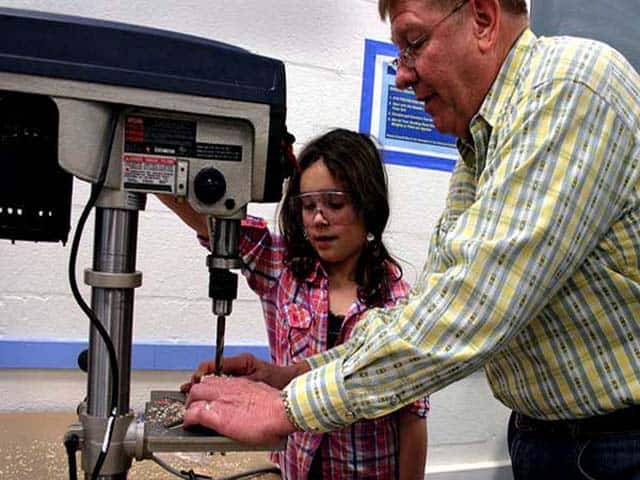Introducing your children to cooking at an early age can have numerous benefits, from developing important life skills to encouraging healthy eating habits.

It’s time to explore the importance of cooking with kids and provide you with easy recipes to try with your little chefs. We will also offer tips on setting up a kid-friendly kitchen and making cooking fun and educational. Let’s get started!
The Importance of Cooking with Kids
Cooking with kids goes beyond simply preparing a meal. It is an opportunity to teach them valuable skills that will benefit them throughout their lives. By involving them in the kitchen, you are not only teaching them how to prepare food, but also instilling in them the importance of good nutrition and making healthy choices.
Moreover, cooking with kids can be a bonding experience for the whole family. It provides a chance for parents to spend quality time with their children, creating memories that will last a lifetime. As children grow older, they will look back on these moments in the kitchen with fondness, remembering the laughter and joy shared over a delicious meal.
Building Life Skills through Cooking
Cooking provides children with a wide range of skills that go beyond the kitchen. They learn to follow directions, work cooperatively, and develop their fine motor skills. Cooking also presents an opportunity for children to practice patience, problem-solving, and creativity. These skills will serve them well in other areas of their lives.
Furthermore, involving kids in meal preparation can boost their confidence and self-esteem. When they see the end result of their efforts and receive praise for their cooking, it helps build a sense of accomplishment and pride. This positive reinforcement can motivate children to take on new challenges and explore their culinary interests further.
Encouraging Healthy Eating Habits
When children are involved in the cooking process, they are more likely to try new foods and make healthier choices. By teaching them about different ingredients and their nutritional benefits, they develop a deeper understanding of what they are eating. Cooking together also allows you to expose your children to a variety of flavors and cuisines, broadening their culinary horizons.
Additionally, cooking with kids can be a great way to introduce them to the concept of sustainability and food waste reduction. By involving them in meal planning and teaching them about utilizing leftovers or composting food scraps, you can instill in them a sense of responsibility towards the environment and encourage mindful consumption habits.
Setting Up a Kid-Friendly Kitchen
Creating a kid-friendly kitchen is not only about making the cooking experience safer but also about fostering a love for food and cooking in your little ones. By involving children in meal preparation, you are not only teaching them valuable life skills but also creating lasting memories together. Here are some essential tips and tools to consider:
Essential Tools for Little Chefs
Investing in child-sized utensils is a great way to make your kitchen more accessible to your kids. Child-sized mixing spoons, measuring cups, and spatulas are not only easier for little hands to handle but also help build their confidence in the kitchen. Additionally, child-safe knives with rounded edges are perfect for introducing knife skills in a safe and controlled manner.
Furthermore, consider setting up a designated area in your kitchen that is easily accessible to your children. Having a low countertop or a sturdy step stool can empower them to participate in meal preparation and learn valuable cooking techniques alongside you.
Safety Measures in the Kitchen
Prior to embarking on any culinary adventures with your little ones, it is crucial to establish some ground rules regarding safety in the kitchen. Teaching your children the importance of proper handwashing, handling hot objects with care, and using oven mitts when necessary not only ensures their safety but also instills good kitchen habits from a young age.
Moreover, it is essential to keep potentially dangerous items, such as sharp tools and cleaning chemicals, out of reach of children. Installing safety locks on cabinets and drawers can help prevent accidents and give you peace of mind while your kids are exploring their culinary creativity. Remember, supervision is key when it comes to children using kitchen appliances or tools, so always keep a watchful eye on them during cooking sessions.
Easy Recipes to Start With
Once you have your kitchen set up, it’s time to start cooking! Here are some easy and delicious recipes to get you and your little chefs started:
Breakfast Recipes for Kids
1. Pancakes: Let your children help mix the batter and flip the pancakes. Encourage them to experiment with different toppings, like fresh fruits or yogurt.2. Fruit Parfaits: Layer yogurt, granola, and fresh fruits in a glass. Your children will love creating their own colorful and nutritious parfaits.
Lunch and Dinner Ideas
1. Homemade Pizza: Kids love making their own personal pizzas. Provide them with various toppings and watch their creativity unfold.
2. Pasta Salad: Have your children help cook the pasta and toss it with colorful vegetables and a light dressing. This is a great opportunity to teach them about healthy food combinations.
Healthy Snacks and Desserts
1. Veggie Sticks with Dip: Let your children wash and cut vegetables like carrots, cucumbers, and bell peppers. Pair them with a homemade dip, such as hummus or Greek yogurt with herbs.
2. Fruit Smoothies: Blend together a variety of fruits with yogurt and a splash of milk. Your children will enjoy creating their own flavorful and nutritious smoothies.
Tips for Cooking with Different Age Groups
Each age group comes with its own set of challenges and opportunities in the kitchen. Here are some tips to ensure a successful cooking experience for children of all ages:
Cooking with Toddlers
With toddlers, it’s important to keep things simple and safe. Let them help with tasks like stirring, pouring, and tearing ingredients. Use this time to teach them about colors, shapes, and basic measurements.
Engaging Elementary School Kids
Elementary school-aged children can take on more responsibility in the kitchen. Assign them tasks like measuring ingredients, cutting soft fruits, or assembling simple dishes. They can also start learning basic cooking techniques, such as sautéing or whisking.
Challenging Recipes for Older Kids
For older kids, you can introduce more complex recipes and techniques. Let them take the lead in planning and preparing meals, giving them an opportunity to express their creativity and develop problem-solving skills. Encourage them to try recipes from different cultures to expand their culinary knowledge.
Making Cooking Fun and Educational
While cooking with kids is already enjoyable, there are ways to make it even more fun and educational:
Turning Recipes into Learning Opportunities
When following a recipe, take the time to explain the ingredients and their roles in the dish. Talk about the different cooking methods used and why they are important. This will help your children understand the science and chemistry behind cooking and appreciate the food they create.
Creative Presentation Ideas
Encourage your children to get creative with their food presentation. This can be as simple as arranging ingredients in a fun shape or using cookie cutters to create unique shapes. A visually appealing presentation will make the meal more exciting and encourage your children to take pride in their creations.
Remember, cooking with kids is about more than just creating delicious meals. It’s a chance to bond with your children, impart valuable life skills, and give them a lifelong appreciation for food and nutrition. So, grab your aprons and get ready to embark on a culinary adventure with your little chefs!



